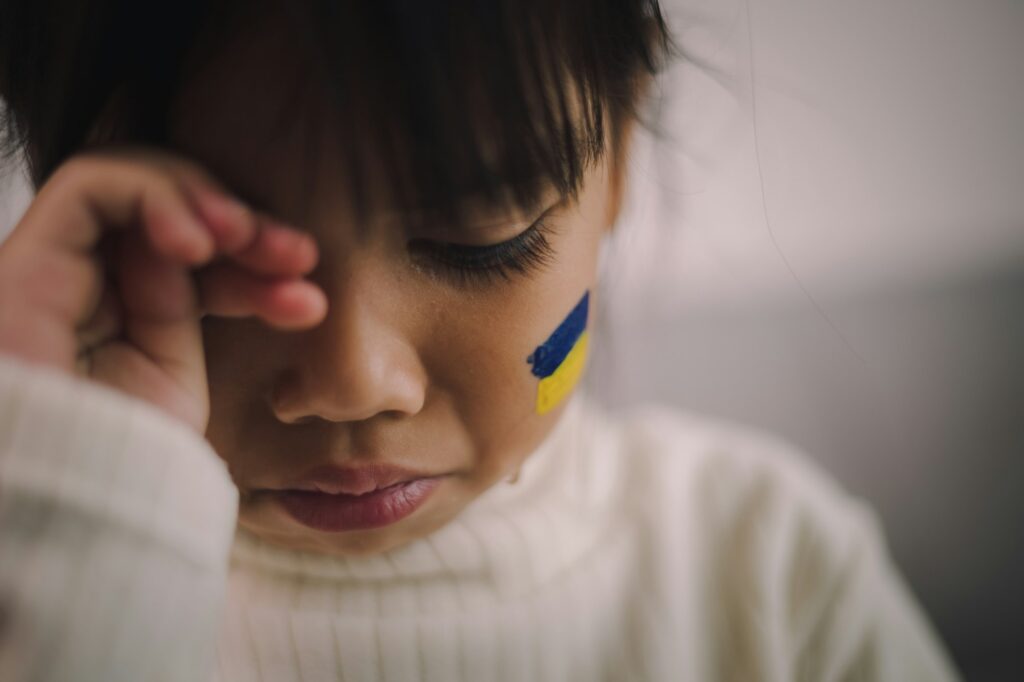Key Takeaways
- Tightened rules in Norway for Ukrainian refugees amid ongoing war are highly controversial.
- The war in Ukraine continues, making life in so-called “safe” regions unstable.
- The new policies complicate the process of seeking protection for the most vulnerable.
- This approach risks leaving people without necessary aid, contradicting humanitarian principles.
The Norwegian government’s decision to tighten refugee protection rules, effective 28 September 2024, has sparked criticism. Refugees from six Ukrainian regions deemed “safe” are now required to apply for individual protection rather than collective protection. But how justifiable is such a policy when war in Ukraine is still ongoing?
The new rules disproportionately impact the most vulnerable. People who have lost homes, jobs, and loved ones are now forced to navigate a more complex bureaucratic system to prove their need for protection. Yet, with bombs still falling and the economy in ruins, how can any part of Ukraine truly be considered “safe”?
Norway’s justification rests on an “objective assessment” of safety in these regions, but how realistic is this claim? Civilians in these areas still face supply shortages, threats of attacks, and constant psychological stress. Calling this “safety” seems out of touch with the reality of war.
This decision raises critical questions about the role of humanitarian values. If we acknowledge the war is ongoing, shouldn’t we provide refuge to all those seeking safety? Tightening refugee policies at this moment feels not just bureaucratic but fundamentally inhumane.
Such changes set a dangerous precedent. Humanitarian protection must be based on actual need, not arbitrary categories. As long as war continues in Ukraine, any restrictions on refugees contradict basic humanitarian principles and common sense.










